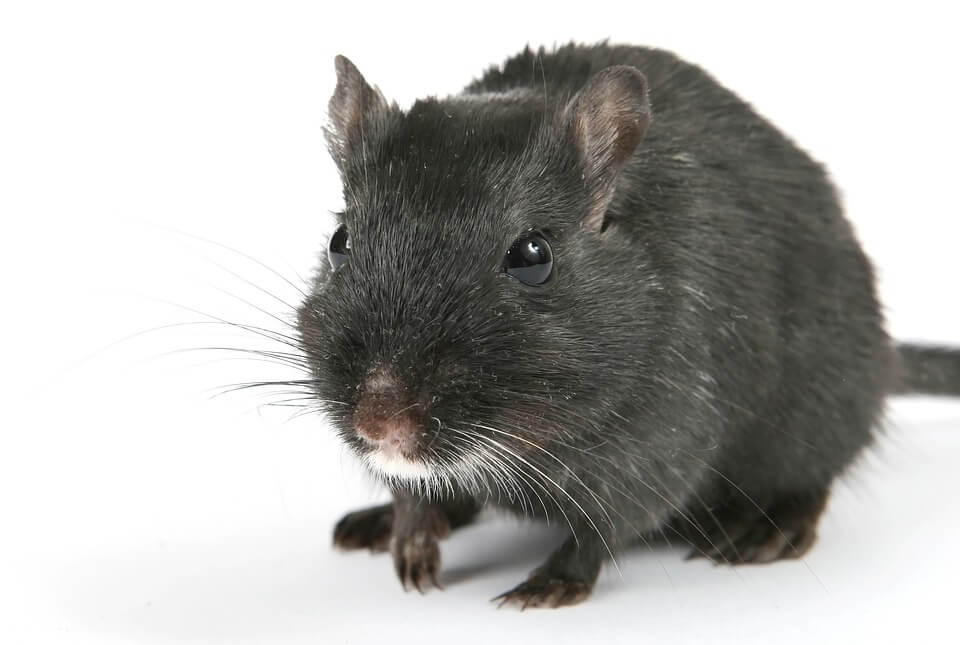
There are currently about 300 species of rats in the world. Some of the most common include black rats, brown rats, pack rats, Norway rats, and wood rats. Each of these different types of rats is unique and has a unique personality.
Тhere are some common characteristics that all rats have in common. Aside from being commonly seen as pests, and having huge territories underground under their jurisdiction, these also include a short, flat body, a stout body, and the ability to climb trees.
Rats and Diseases
Rats are also famous for spreading diseases to humans. They are responsible for about $19 billion in damage annually. Their aggressive behavior likely helped them spread as invasive species.
The rat is considered to be an invasive species in most of the world. Many species are now extinct, and many diseases have been spread to humans.

The most common and well-known rat-carried disease is the plague, which is caused by Yersinia pestis bacteria. Other illnesses carried by rats include salmonellosis, leptospirosis, rat-bite fever, lymphocytic choriomeningitis (LCMV), and hantavirus pulmonary syndrome.
Rats have also been known to spread other vector-borne diseases such as Lyme disease, West Nile virus, and rabies. In many cities around the world, rat infestations are associated with increased rates of asthma and other respiratory ailments in humans.
This is because rats are very effective carriers of allergens such as rodent hair, dander, saliva, and urine which can be spread through the air or on food sources.
Brown Rats

The brown rat is one of the world’s most common mammal species. It is a polygynandrous mammal that lives in packs and digs its own burrows. A single female rat gives birth to up to twelve pups a year. They weigh about 0.5 to 1.0 kg.
The brown rat is a highly adaptable mammal, surviving in almost any habitat. They consume a wide variety of plants, seeds, and other plant matter.
Brown rats are also good breeders. In the wild, a single female rat can have between 8 and 9 young at a time. These pups are ready to mate by the time they reach three months of age.
The Origins
While the brown rat may be native to China and other parts of Asia, its origins are uncertain. It likely came to Europe, Russia, and North America around the mid-1700s.
Although the origin of the brown rat is still a mystery, scientists believe it has a long evolutionary history. Previous mitochondrial studies have detected a center of origin and a number of related invasive populations.
The Research
Using genomic data, phylogeography suggests five major expansion routes. Each of these routes was accompanied by at least one evolutionary cluster.
Modern research on the brown rat focuses on laboratory experiments and observations of its behaviors. Some of the most notable features of the brown rat include its omnivorous diet and its ability to digest human food waste.
Black Rats

Black rats are common in the wild and can cause trouble in many environments.
They can be aggressive and noisy. Their tendency to live in close proximity to humans can also be a nuisance. They are also known to carry parasites and different bacteria, which can be dangerous to humans.
Rats tend to live in burrows. They build nests of plants and other materials. Most of them die within the first year of life. However, some are bred as pets, and are called “fancy rats.”
They are omnivorous and consume a diverse range of food, including seeds, fruits, fungi, carrion, eggs, and young birds.
In urban areas, they are particularly fond of human foods such as cereals, pasta, and bread. They can also cause considerable damage to buildings by chewing through pipes or wires.
Black rats are excellent climbers and can easily access roofs and upper floors of buildings. They are able to fit through small gaps, such as those found around pipes or wires. Because they have poor eyesight they rely on their sense of smell and touch to find food at night.
Along with other animals they help to control the populations of small mammals and insects, which in turn helps to keep down disease-carrying parasites like fleas and ticks.
Woodrats

Woodrats are a family of rodents that are native to North and South America. The genus Neotoma contains approximately 23 species.
These animals are known for their use of nests. These nests are made from a variety of materials. Some of these include sticks, bones, dry manure, and shiny metal objects.
Woodrats are generally nocturnal. They are active at night, foraging for food. When they find food, they store it in their burrows. This helps them keep a dynamic food supply. If their food supply is limited, they build a shelter. Typical woodrat nests are built on cliff ledges, caves, and man-made structures.
They will defend their territories against other woodrats, but they are not aggressive toward humans. Woodrats tend to be wary of people, and will often scurry away when approached or startled.
Other species of woodrats, such as the bushy-tailed woodrat, are cliff dwellers. They collect litter of debris in natural crevices and other man-made structures. Their nests can be large and complex.
Final Word
The exact number of species of rats in the world is difficult to determine due to taxonomic and species revision issues. It is generally accepted that there are between 40 and 50 different species of rats distributed across the globe.
Rats have evolved to live in a variety of habitats such as urban areas, forests, deserts, and grasslands. They are adaptable and hardy creatures that have become an integral part of many ecosystems. Despite their reputation as pests and carriers of disease, rats also provide benefits to people in the form of pest control and research subjects.

